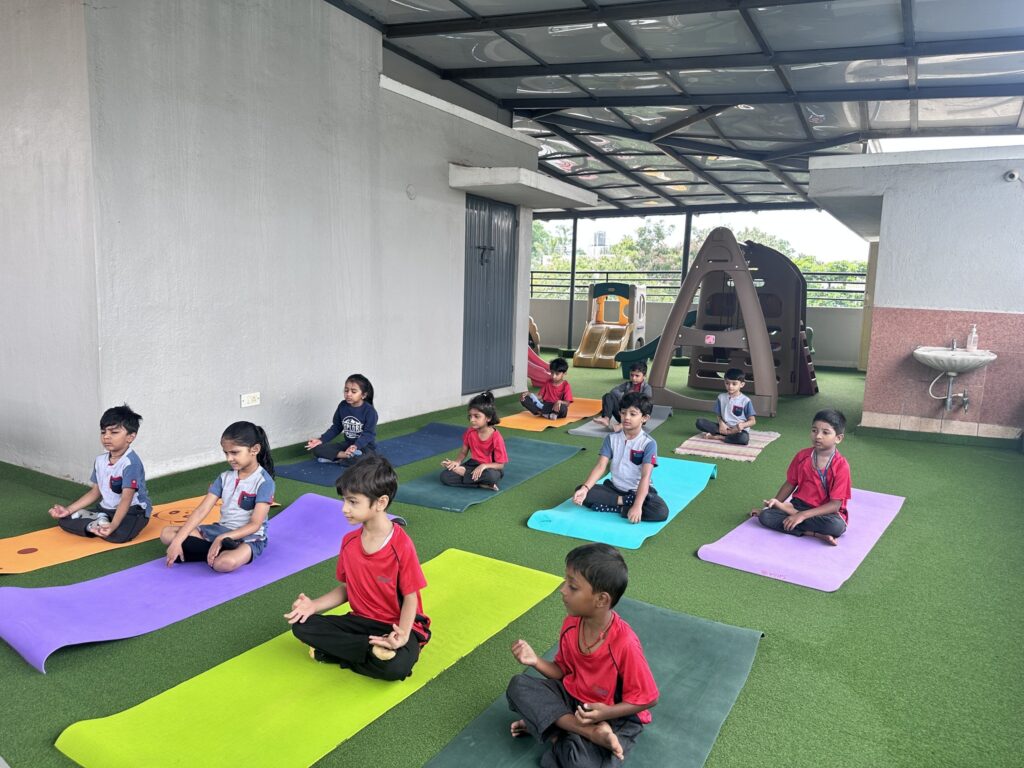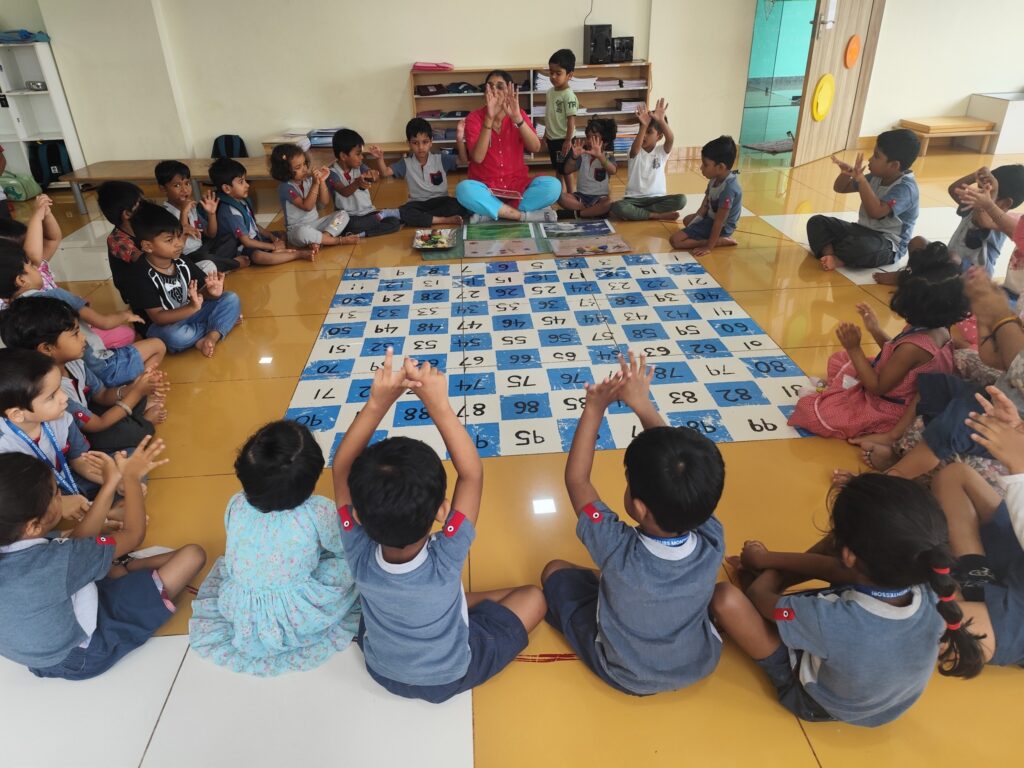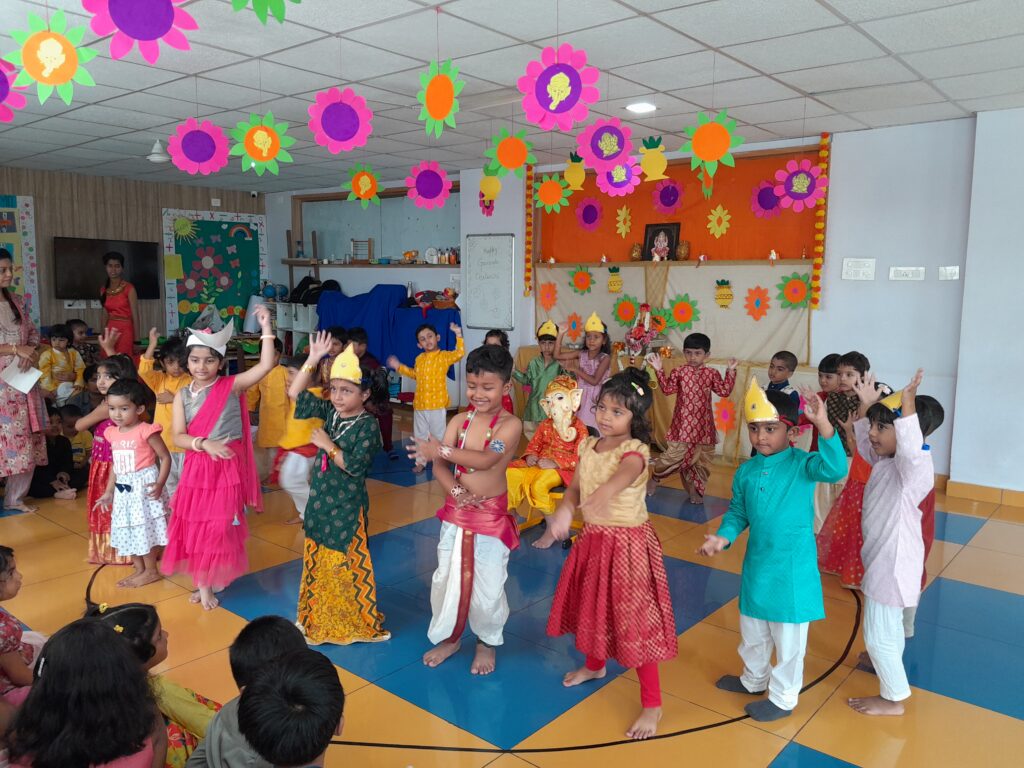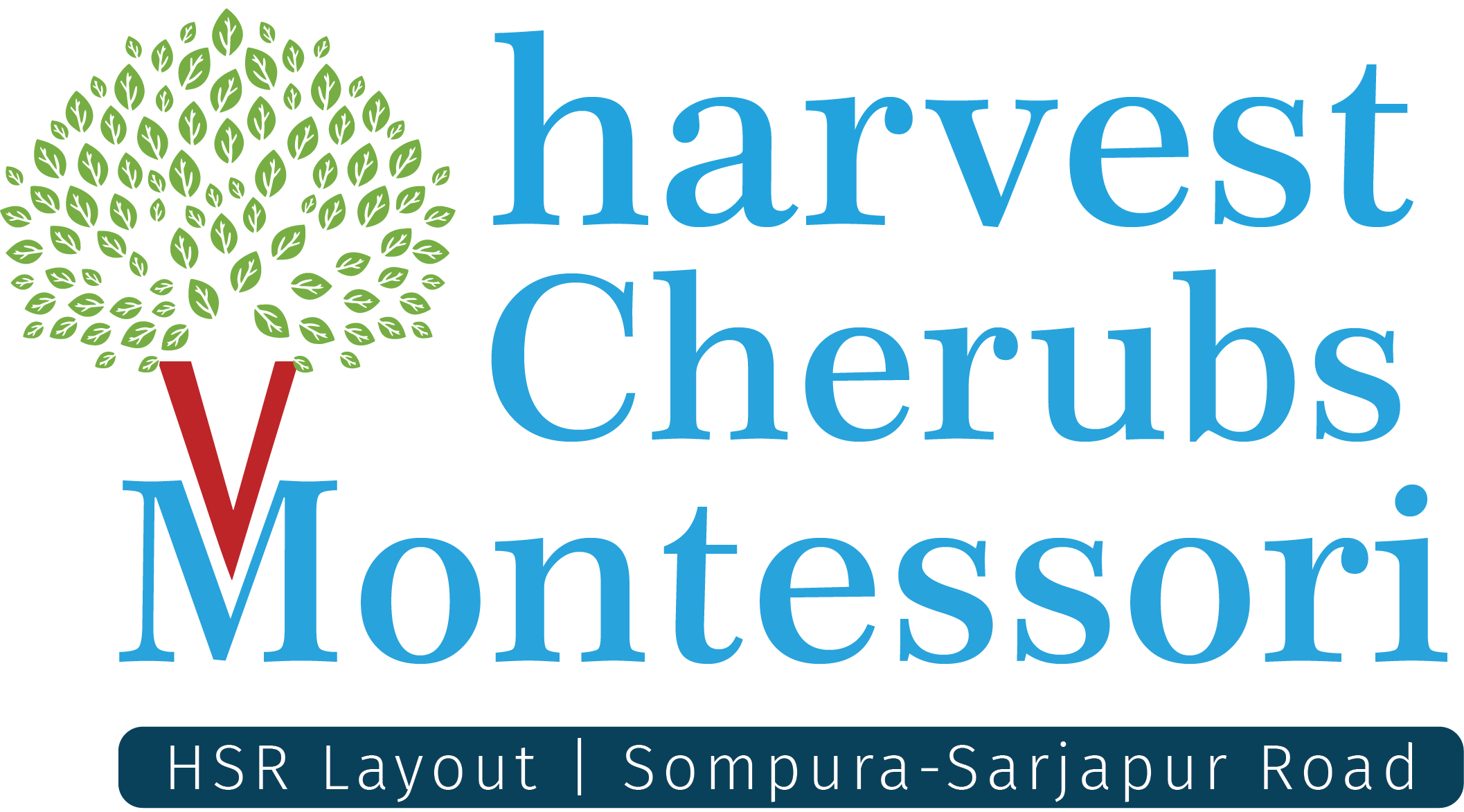Montessori Curriculum
At Cherubs we follow the Montessori approach that offers a broad vision of education as an aid to life. The inherent flexibility in Montessori methodology allows it to be adapted to the needs of the individual, regardless of the level of ability, learning style, or social maturity.
Montessori classrooms provide a prepared environment where children are free to respond to their natural drive to work and learn. Every environment has a mixed age group of children between the ages of two and a half to six years. The children’s inherent love of learning is encouraged by giving them opportunities to engage in spontaneous, meaningful activities under the guidance of a trained adult. Through their work, the children develop concentration, motivation, persistence, and discipline. Within this framework of order, the children progress at their own pace and rhythm, according to their capabilities, during the crucial years of development.
The role of a Montessori Teacher is one of a guide and observer, whose goal is to intervene less and less as the child develops. The teacher builds an atmosphere of calm, order and joy in the classroom and encourages the children in all their efforts, thus promoting self-confidence and discipline. With the younger students at each level, the teacher is more active, demonstrating the use of materials and presenting activities based on an assessment of the child’s needs. Knowing when to observe and when, and how much, to intervene is a skill the Montessori teacher develops during a rigorous, specialized course of training at training centers throughout the world.

Learn By Doing
Montessori approach is based on “learn by doing” which is purely experiential learning. Children actively engage with hands-on materials, fostering a deep understanding of concepts through direct experience. The method values self-directed exploration, allowing young learners to choose activities based on their interests and developmental readiness.
Through tangible experiences, like working with specially devised materials, children absorb abstract concepts naturally. This approach not only cultivates a love for learning but also promotes independence, problem-solving skills, and a profound sense of accomplishment as they actively participate in their educational journey.
Exercises of Practical Life
This component places a strong emphasis on daily activities such as pouring, dressing, and cleaning. These tasks are designed to enhance fine and gross motor skills, foster independence, and cultivate a sense of responsibility. Practical life activities extend to self-care, environmental stewardship, and the development of social grace and courtesy.


Sensorial Activities
The sensorial activities provide the key to open the door for their already absorbed impressions of various categories through sense organs. Each of the sensorial materials isolates one defining quality such as colour, weight, shape, texture, size, sound or smell etc.
The Sensorial materials help the children to distinguish, to categorize, and to relate new information which he/she already knows. The child’s intellect is trained to make order out of a multitude of experiences and to increase his perception of the world around him. These activities also help them explore the world with renewed interest. They also prepare the children towards Language, Math and activities on culture.
Mathematics
Utilizing hands-on materials, the Montessori method introduces mathematical concepts in a concrete manner. This approach allows students to develop a deep understanding of numbers, mathematical operations, and the relationships between them, facilitating a solid grasp of mathematical principles.
Mathematics in the Montessori classroom can be separated into a few major categories: Counting, the decimal system, the operations of addition, multiplication, subtraction, Division, and rational numbers (fractions). Concepts are presented in a very concrete way so that children not only are able to count but skip count, square numbers and work with numbers in the thousands. Once the child has a firm foundation in the operations of addition, multiplication, subtraction and Division memorization of facts is introduced.


Language
The child learns the oral language naturally. He automatically absorbs it from his environment. The work of the teacher is to expose children to the equivalent forms of written communication, which they learn through the same general pattern of development.
Writing starts from day one through various activities. Language is an integral part of social development, expression, feelings and thought process. It is essential for communication. In a Montessori environment, the four areas of linguistic development are Listening, Speaking, Reading, and Writing.
Activities like circle time, three-period lesson, storytelling, picture conversation, audiovisual activities, thematic activities are some of the activities which are done in Harvest Montessori to enhance communication skills.
Culture
Children are introduced to various items of human culture under this area namely Geography, History, Science experiments, plant life, animal life, Music, Dance, Art, etc..
The children study different areas of the world, and experience concrete examples of that area’s language, literature, dress, food, artwork and music both past and present. This increasingly important area introduces the child to our planet’s great diversity of people.


Science
The science materials present certain aspects of this world, in such a way that the child can observe, experiment, demonstrate and record what he has learned. The focus here is that the child learns how to be a scientist: objective, organized, able to perform tasks in a predetermined order and record the results. Science is a hands-on activity that includes biology (botany and zoology) and physical science.
Sports
We have a well-trained adult who takes care of sports activities. We have a large selection of sports equipment. Children have several options to choose between indoor and outdoor games.


Arts
At Harvest, music & dance is believed to be the expression of the soul. We focus on basic lessons of music & dance. Our music curriculum focuses on children learning music by singing songs and rhymes. They are introduced to various musical instruments in the music room as part of the auditory activity.
Art is one of the ways children express themselves. Art is a way for children to communicate their feelings. It is through art that children develop their fine motor skills. In the Best Montessori Schools in Bangalore environment, we provide open-ended art activities that help children explore and use their creativity.
Contact us
Cherubs Montessori is one of the Best Montessori Schools in Bangalore. The school is well equipped and enables with advanced educational infrastructure, learning frameworks including NEWGEN technology.
